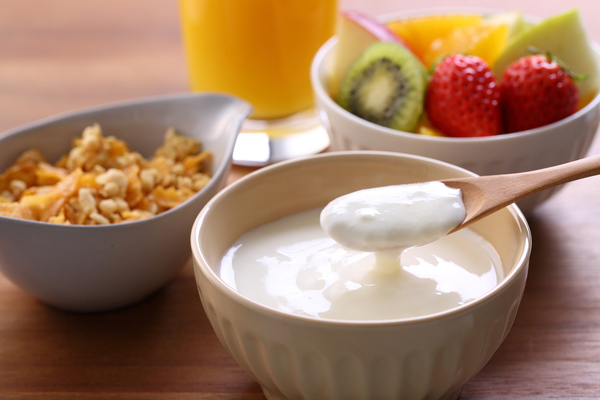Nov. 09, 2021
Lactic acid, also known as hydroxypropionic acid, has a molecular formula of CH3CHOHCOOH and a molecular weight of 90.08. It is a natural organic acid and one of the main components of yogurt. It also exists in the blood and muscle tissues of humans and animals.
The food additive, lactic acid, is made from starch sugar or carbohydrates and fermented by Lactobacillus or Rhizopus oryzae.

Lactic acid characteristics
1. It has a soft sour taste, and the sour taste lasts for a long time.
2. Weak organic acid, suitable as pH regulator.
3. With antiseptic effect, it can effectively inhibit the growth of pathogenic microorganisms and extend the shelf life of food.
4. Low volatile liquid, easy to use.
Application of lactic acid
1. Dairy products
Lactic acid is a natural and inherent component in dairy products. It has a soft sour taste and good antimicrobial effect. As a sour agent, it has been widely used in flavored fermented milk, cheese, ice cream and other foods.
2. Meat products
Lactic acid is a natural organic acid, which is used for pollution control in the production and processing of meat products and the growth of spoilage bacteria in the products, and prolongs the shelf life of the products.
3. Noodle products
Sodium lactate is hygroscopic. Adding sodium lactate to raw ramen noodles, dumpling wrappers and wonton wrappers can effectively prevent the water inside the product from flowing to the surface, keeping the surface properly dry and not sticky; sodium lactate can effectively reduce the activity of water molecules, so it is antiseptic It can extend the shelf life of the product.
4. Candy
Buffered lactic acid has a mild sour taste. Adding buffered lactic acid to candies can reduce the sugar conversion rate and extend the shelf life. Powdered lactic acid can make the soft candy look better and greatly reduce the occurrence of surface moisture. Calcium lactate is used in chewing gum to stabilize the colloid and adjust the pH. At the same time, calcium ions can prevent the loss of calcium in the teeth and achieve the effect of strengthening and protecting teeth.
5. Health Products
Calcium lactate, magnesium lactate, zinc lactate, and ferrous lactate can strengthen minerals in sports health drinks, fruit juices, diet foods and baby products. The water solubility is better than gluconates, the taste is moderate, and it is easy to be absorbed and utilized by the body, which can enhance Human body function, improve immunity, enhance explosive power
6. Pickled products
Lactic acid can effectively adjust the pH value of foods such as pickles, jams, bacon and sausages, prevent spoilage, extend the shelf life of products, and maintain food color and improve taste.
7. Seasoning
The unique sour taste of lactic acid can increase the deliciousness of food. Adding a certain amount of lactic acid to salads, soy sauce, vinegar and other condiments can inhibit the growth of microorganisms in the product, improve safety, and increase the flavor of the product.
8. Drinks and alcohol
The acidity of lactic acid is mild and moderate, and it can be used as the first choice sour agent for carefully formulated soft drinks and fruit juices.
Calcium lactate, ferrous lactate, magnesium lactate, zinc lactate, etc. are used as mineral fortifiers in fruit juices, health drinks and soft drinks.
When brewing beer, adding an appropriate amount of lactic acid can not only adjust the pH value to promote saccharification, which is beneficial to yeast fermentation, shorten the fermentation cycle, but also increase the beer flavor and extend the shelf life.
Used in white wine, sake and fruit wine to adjust pH, prevent the growth of bacteria, enhance sourness and refreshing taste.
Ethyl lactate has a special rum, fruit and cream aroma, and is used as a flavoring agent in liquor and fruit wine.